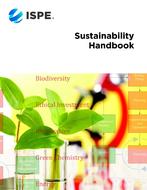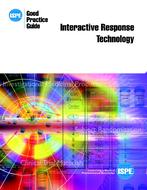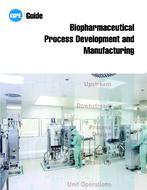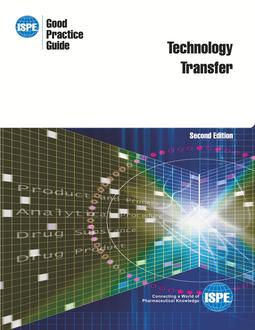Description
Transfer of manufacturing processes and analytical procedures between facilities or laboratories is a necessary part of pharmaceutical development and commercialization. Technology transfers take the outputs of process or method development activities and transfer the knowledge to a different location where a process or analytical procedure will be operated.
This Guide presents industry good practices for successful and efficient execution of technology transfer projects. It intends to achieve a balance between risk management and cost effectiveness while aligning with applicable regulatory expectations.
This Guide is intended to be used as a generic guide to technology transfer between two parties for any applicable transfers in the product lifecycle. This Guide provides information and tools for its practical application, under three main topics:
- Technology transfer of analytical methods
- Technology transfer of drug substance (Active Pharmaceutical Ingredients (APIs))
- Technology transfer of drug product (dosage forms manufacturing processes)
This third edition of the ISPE Good Practice Guide: Technology Transfer, highlights the following:
- Alignment with science and risk-based (Quality by Design (QbD)) principles described in ICH Q8 Pharmaceutical Development, ICH Q9 Quality Risk Management, ICH Q10 Pharmaceutical Quality System, and ICH Q11 Development and Manufacture of Drug Substance, including reference to Quality Target Product Profile (QTPP), Critical Quality Attributes (CQAs), Critical Process Parameters (CPPs), material attributes, design space (where used) and, in particular, Control Strategy
- Alignment with the process validation concepts and life cycle approach as described in, for example, FDA Process Validation Guidance, Jan 2011
- Recognition that knowledge management is a critical component of effective technology transfer.
- Industry developments and potential regulatory impacts
- Recognition that having a robust quality culture, for both the sending and receiving units, is important for ensuring successful technology transfer
- Addition of redacted case studies as examples
Product Details
- Edition:
- 3rd
- Published:
- 2018
- ISBN(s):
- 9781946964151
- Number of Pages:
- 152
- File Size:
- 1 file , 3.2 MB




